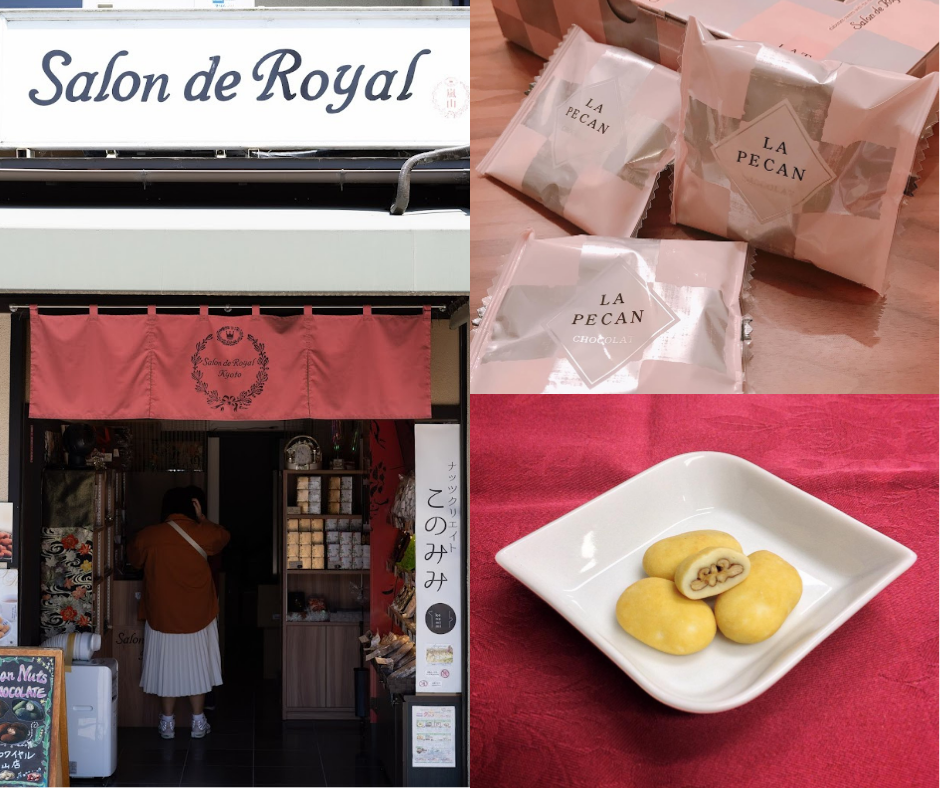The world is a big history book and to travel is to flip the pages.
Can’t really point out why or how it came about but I have always been fascinated by old and historical pieces. It just paints a vivid picture to a good story and while I am no professional writer, I sure am a consumer of good tales but maybe more so than anything, a good historical story teaches me lessons ~ of good conversational fun fact and of wisdom one which I don’t have to necessarily experience to learn.
In this blog:
- Nigiwai-no-ie (100+ year-old traditional house)
- Nara Park
- Kasuga Taisha
- Todai-ji Temple
- Mt. Wakakusa
- Fushimi Inari Shrine
- Arashiyama District
- Togetsukyo Bridge
- Salon de Royal
- Nishiki Market
NARA
Famous for its hundreds of free-roaming deer, Nara is Japan’s first permanent capital established in the year 710. Located less than an hour train ride from Osaka and/or Kyoto, this old city which was once called Heijo houses eight (8) UNESCO World Heritage Sites living up to this day to tell a tale about the Japanese’s past.
1. Nigiwai-no-ie
This traditional Japanese townhouse with over 100 years of history is located in the central Naramachi. The houses within the vicinity are adorned with intricate wooden structures, sliding doors, and tatami-matted rooms creating an immersive environment for visitors to an era long gone.
As a Filipino who grew up in a provincial rural community, some traditional items in this house reminded me of home such as sinibak na kahoy (chopped wood) and palayok sa kalan (pot on a stove) – items of which are used in cooking back in the days when gas and electric stoves are yet to be a thing.
2. Nara Park
Established in 1880, Nara Park is the location of the City’s many main attractions including Kasuga Taisha and Todai-ji Temple. It is also home to hundreds of freely roaming deer who are believed to be sacred messenger of the Shinto gods and have become one of the country’s national treasures.
But maybe more so than anything, Nara Park is one the many beautiful places in Kansai Region where you will fall in love with the beauty of the Fall season. 
- Kasuga Taisha
A few minutes-walk pass through Nara Park is a shrine considered to be one of the most sacred and most celebrated in all of Japan. Built in 768, Kasuga Taisha is a place where numerous gods are enshrined and now attracts devotees and tourist alike – it being known for its colors and photogenic setting.
- Tōdai-ji Temple
Once one of the powerful Seven Great Temples, Tōdai-ji Temple has been designated as one of the Historic Monuments of Ancient Nara by the UNESCO World Heritage Convention. Todaiji's main hall, the Daibutsuden (Big Buddha Hall), held the record as the world's largest wooden building, which houses the Great Buddha, one of Japan’s largest bronze statues of Buddha standing at 14.98 meters.
This historical structure in all its glory, took a total of roughly 2.6 million people to build.
To the East of Tōdai-ji Temple lies Nigatsu-dō or Second Month Hall, a smaller temple also part of Todai-ji but an important complex in its own right.

3. Mt. Wakakusa
Standing at about 350 meters tall and offers unobstructed views over Nara City is a grass covered mountain behind Nara Park and a few minute-walk from Tōdai-ji Temple and Kasuga Taisha.
Every winter on the fourth Saturday of January, Mount Wakakusa's slopes are burned during the spectacular Wakakusa Yamayaki preceded by a short fireworks display. The origins of the event are unclear. One theory claims that it resulted from a boundary dispute, while another claims the fires were used to drive away wild boars.
KYOTO
- Togetsukyō Bridge
- Salon de Royal




























Mae, this is such a beautiful and reflective post! I love your opening analogy that 'to travel is to flip the pages' of a history book—it perfectly captures the feeling of visiting places as ancient as Nara and Kyoto. 🏯
ReplyDeleteThe photos of the Nara Park deer among the beautiful autumn foliage, and the sheer scale of the Tōdai-ji Great Buddha, are incredible. It’s also fascinating how you found a cultural connection between the traditional Filipino provincial home and the Nigiwai-no-ie; those moments of realizing shared human experience are the best part of traveling!
ReplyDeleteAlso, don't worry about the cut-off itinerary in Kyoto; you covered so many major historical sites, and now you have a perfect reason to return and visit the rest (like enjoying Arashiyama with fresh legs!). Salamat for sharing your journey and these wonderful historical lessons.
This is so helpful! Will try to visit these places when we go there.
ReplyDelete